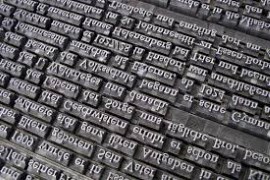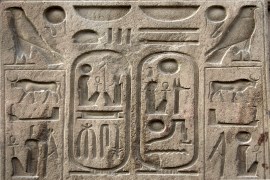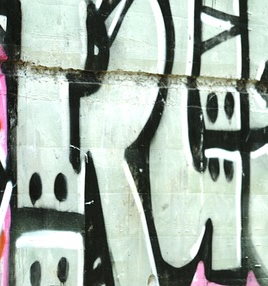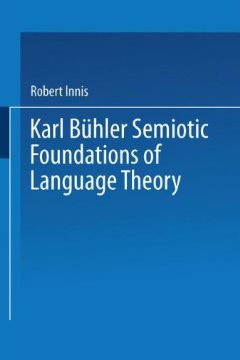Livre | Chapitre
The structural model of language
pp. 131-145
Résumé
We use the singular when we refer to language purely and simply, and we think that if a significant predicate can be joined with it as subject, we would have a structural model of language (la langue). Such a state of affairs, with which we are concerned, has not remained hidden from linguists; I will cite a passage from Meillet that is found in what is, for us, an important context: “Tous les hommes se servent de procédés par mots groupés de diverses manières. Le detail varie; le fonds de procédés linguistiques est le même dans toute l’humanité.”16 If we may reformulate this notion by means of a more precise interpretation, as we need to do, I would make three sentences out of Meillet’s two. First, there are sounds. The common element [Moment] in the application of sounds, which we find in all men, is found first in the (phonetic) fact of a completely fine and flexible power of ‘articulation,’ and then in another (phon-ological) fact: that there exists everywhere a well-defined system of phonemes. The fact of articulation alone does not characterize human language sharply enough. This is rather done by what is accomplished with the power of articu-lation, the use of phonemes. Further, the process of speaking “par mots groupés de diverses manières” is to be conceptually broken into two theses: (1) there are words in general and (2) the way in which they are grouped together ( = syntax) is decisive.
Détails de la publication
Publié dans:
Innis Robert (1982) Karl Bühler: semiotic foundations of language theory. Dordrecht, Springer.
Pages: 131-145
DOI: 10.1007/978-1-4757-0923-0_10
Citation complète:
Innis Robert, 1982, The structural model of language. In R. Innis Karl Bühler (131-145). Dordrecht, Springer.










